Why You Should Add A Sidebar Resume To Your PhD Job Search Arsenal

I couldn’t believe it.
After nearly 25 years of being a “student,” I had done it.
I had earned the right to put 3 letters at the end of my name: P-h-D.
After those 25 years, I felt it was time to leave academia behind, I no longer wanted to be on a college campus anymore, with undergrads, and lifetime academics.
I wanted something more.
This was not for me.
So I brushed off my CV which I had used for so many grant proposals, changed a few things here and there, and started posting my ‘resume’ on every job site I could think of.
I was so excited to start the next chapter of my life.
Days past….weeks past….months past. And still nor response from employers.
After 9 months, my enthusiasm diminished. I began just searching for a postdoc.
Maybe I wasn’t destined to leave a college campus and I was doomed to be a lifelong academic.
I finally decided to show my resume to a previous labmate of mine who had transitioned from academia to industry.
He all but laughed at me when I showed him my 5-page resume.
He gave me two pieces of advice I will never forget.
- Every resume should be 1-2 pages and targeted at a specific job.
- A sidebar resume is a unique way to save space and show, not tell, my creativity.
Back to the drawing board.
I began targeting my resume, I dropped all the academic and scientific jargon, I focused my resume, and curated it to each job. I began to get some phone interviews.
Why Your Resume Is Important
Your resume is a key job-hunting tool that highlights your accomplishments, your education, and your skills. This document is your sales pitch to the recruiter or hiring manager, it needs to scream I AM PERFECT FOR THIS JOB! While subtly hinting how your technical skills and work experience add values and expand on the job description.
Many PhDs spend hours, days, even weeks on trying to get the perfect resume format. Pouring endless time into checking margins, adding periods, changing wording.
Sounding familiar?
Hate to tell you this, but the majority of resumes are never even looked at by a person.
Your resume is being rejected by a computer. JobScan reports that 90% of Fortune 500 companies are using Applicant Tracking Software (ATS) to screen out the majority of resumes. And with 525 applications being sent in for every job posting you really need to make the resume shine.
If you pass this step, all your efforts might result in just 7.4 seconds of a hiring manager’s time according to a recent study by Ladders.
That’s it, that’s all you get 7.4 seconds to WOW the recruiter to put you into the “maybe” pile.
The benefit of ATS is its programmable, predictable, and thus beatable.
If you place enough keywords in your resume in the right context in a format that is readily scannable you can beat the ATS according to themuse.
However, recruiters are less predictable. They come with biases and preferences. They have a certain format they expect and would like to see. But the same old format can get boring, it can get blurry and all the resumes become just a smear of black and white.
So how can you WOW the recruiter? By adding just the right amount of spice to your resume. Enough to make it stand out but not so much to put the recruiter off.
The answer may be in slimming down your resume with a sidebar format update.
What A Sidebar Resume Is (& Isn’t)
At Cheeky Scientist we champion 5 kinds of resumes as the best for PhD level positions. They are functional, the gold standard, combination, recruiter, and sidebar.
While the functional, gold standard, combination, and recruiter resumes follow a similar format, the sidebar is defined strictly by its unique format.
The functional, combination, and gold standard resumes aim to highlight your skills over your job title to show an employer that you are the best candidate. In a recruiter resume, you highlight your technical skills and knowledge in a format for recruiters to easily scan and help place you into an ideal role. But the sidebar resume is less about resume content and more about the overall visual representation of the resume.
To get two free resume templates (side bar and functional) CLICK HERE
A Sidebar resume is designed to be one page while still providing all the necessary information.
A long and wordy resume of simple black and white text can get cumbersome fast; while 2 pages is ok, a 3 page resume is far too big and unacceptable.
Adding a sidebar thus allows you to add more content onto a single page while still creating lots of white space.
A sidebar resume update will tone your resume composition to be fit, fun, and functional.

The Pros And Cons Of Sidebar Resumes
First let’s start with the cons, specifically who shouldn’t use this resume. The sidebar resume format is not for everyone.
While it is growing in popularity, there are still a number of companies that would prefer a more standard format. A very simplistic rule would be, if you are going into a career path that requires a strict dress code (think business, accounting, etc.) then a sidebar resume is likely not the way to go.
The other consideration with the sidebar format is ATS. The sidebar format is not always read correctly by ATS and your resume could be thrown out. However, this issue is becoming less prominent as applicant tracking software becomes more sophisticated.
Now let’s talk about who should use a sidebar format resume. There are many top PhD positions that would benefit from using this format.
PhDs looking to get into the field of marketing, data scientist, medical writing, management consulting or other client focused positions should add the sidebar resume format to their job hunt arsenal.
These positions require a fair bit of creativity and higher levels of communication skills. The sidebar format conveys just that, creativity. Communication and creativity can further be enhanced with the addition of other graphics such as skill bars. It allows your creative skills to be shown, not just said.
The power of showing is far more convincing than simply telling.
This resume is aesthetically pleasing, although it may take some time to really get the formatting right. By adding a sidebar to your resume, the whole document will have a different feel and look.
A sidebar resume is unique enough to stand out to a hiring manager while still having a high professional quality.
Finally, this format can be combined with aspects of the functional resume, highlighting your skills over your job titles. This is typically great for PhDs who don’t have industry experience. Just like our functional and gold standard format, you want to curate your sidebar resume to the position adding 3-5 bullets points per work experience or functional skill.
Also universal in all three resume styles, every bullet point should link a transferable skill to a technical skill and end with a quantifiable result.
Structuring Your Sidebar Resume: The SideBar
With any resume you want your name to be big and eye catching in the top center part of the document. There should be a lot of white space. This makes the document more readable and especially more scannable.
The actual side bar usually takes up about ¼-⅓ of the width of the page.
Because we read left to right it’s important to put the most relevant information in the sidebar. This would include your contact information which encompasses your phone, email, LinkedIn, location etc.
Skills are typically only a few words. So, they fit well into this smaller space. Adding a skill level in the form of a bar or a word such as “excellent” next to the skill can convey to the hiring manager your confidence with each skill.
If your professional summary fits into this section you can also add it. However, if your professional summary is long and does not properly fit, add it to the wider side.

Structuring Your Sidebar Resume: The Wider Side
The right side of the document is a little wider, allowing for more detail and longer sentences. In this section, you can add your work experience.
Your most recent education, your PhD, can be placed on either side of the document just somewhere towards the bottom. Finally, you can add awards and hobbies.

This format can add a little creativity and break away from traditional-looking resumes. It changes the body composition of the document, giving you the ability to add a little spice to your resume making it functional, professional, and just a little cheeky.
If you’re ready to start your transition into industry, you can apply to book a free Transition Call with our founder Isaiah Hankel, PhD or one of our Transition Specialists. Apply to book a Transition Call here.

ABOUT SARAH SMITH, PHD
Sarah Smith, PhD, holds a degree in Biochemistry. A tireless science consultant at large, her rigorous pursuit of pristine labwork is unflinching. Yet Sarah’s keenest passion--guiding emergent academics into the business world--stems from personal experience with the transitional struggles she would have no PhD face alone.

































